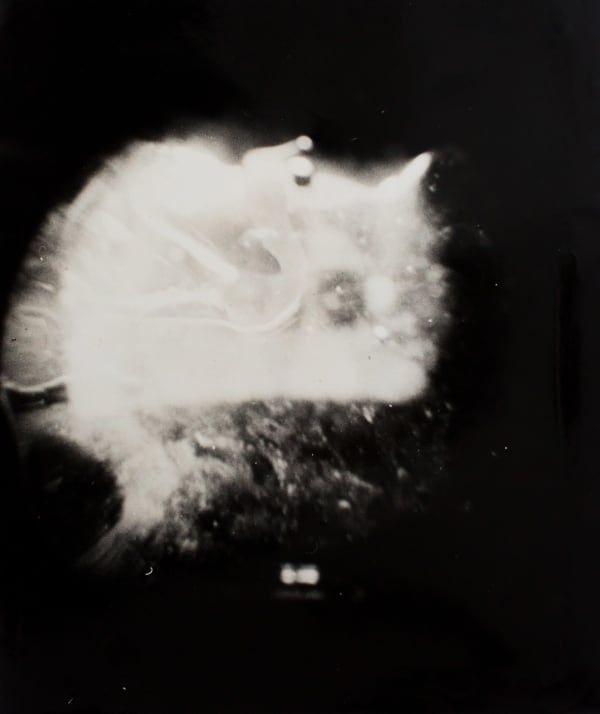Shiihara Osamu (b. Osaka) was a prominent member of the avant-garde photography community that developed in the Kansai region of western Japan before the Pacific War. He is recognised most widely today for the works he created whilst affiliated with the legendary Tampei Photography Club, whose members included Nakaji Yasui and Kametarō Kawasaki, as well as the Shoei-kai (‘Light and Shadow Association’) during the 1930s.
The sensitivity to composition and contrast that Shiihara brought to bear upon his photography was honed during his studies at Tokyo School of Fine Arts, where he was exposed to international currents in the contemporary art world as a student of yōga (Western-style painting). However, upon returning to Kansai in 1932, he expressed frustration with the prevalent influence of Pictorialism on photography: “Photography should not continue to take the same path as painting forever. It has developed under the influence of painting, however now is the time that it must be true to itself and take its own path as photography.”
Driven by a desire to uncover the possibilities afforded by this emergent medium, Shiihara experimented widely with new techniques, incorporating photograms, photo-montage, solarization, and the use of lenses and mirrors into his practice. These processes proved popular with other members of the Tampei Club, establishing their reputation as one of Japan’s leading Modernist art groups. Throughout this period of exploration Shiihara continued to add to a diverse body of work, encompassing Surrealist compositions, landscape pictures, and socially engaged documentary series (including most famously Wandering Jew, 1941).
Shiihara’s work is part of the permanent collections of institutions including the J. Paul Getty Museum, The Museum of Modern Art, New York, The Museum of Fine Arts, Houston, The Art Institute of Chicago, The National Museum of Modern Art, Tokyo, and the Tokyo Photographic Art Museum. He is the subject of a monograph authored by the important photo-historian Kaneko Ryūichi (2016), and more recently a publication by the Fine-Art Photography Association (2018).








